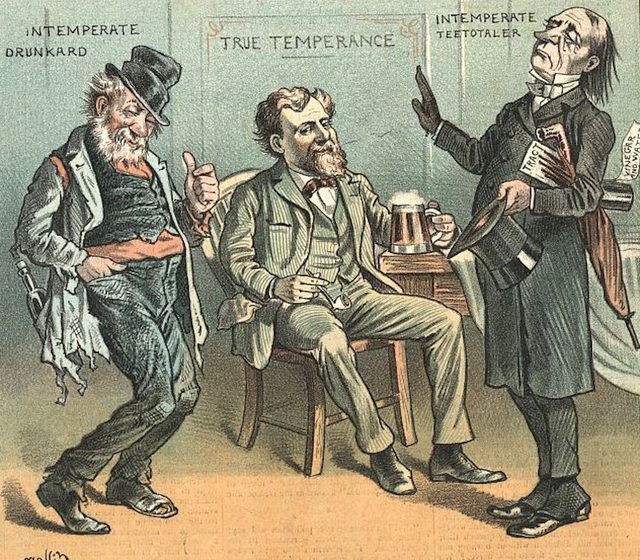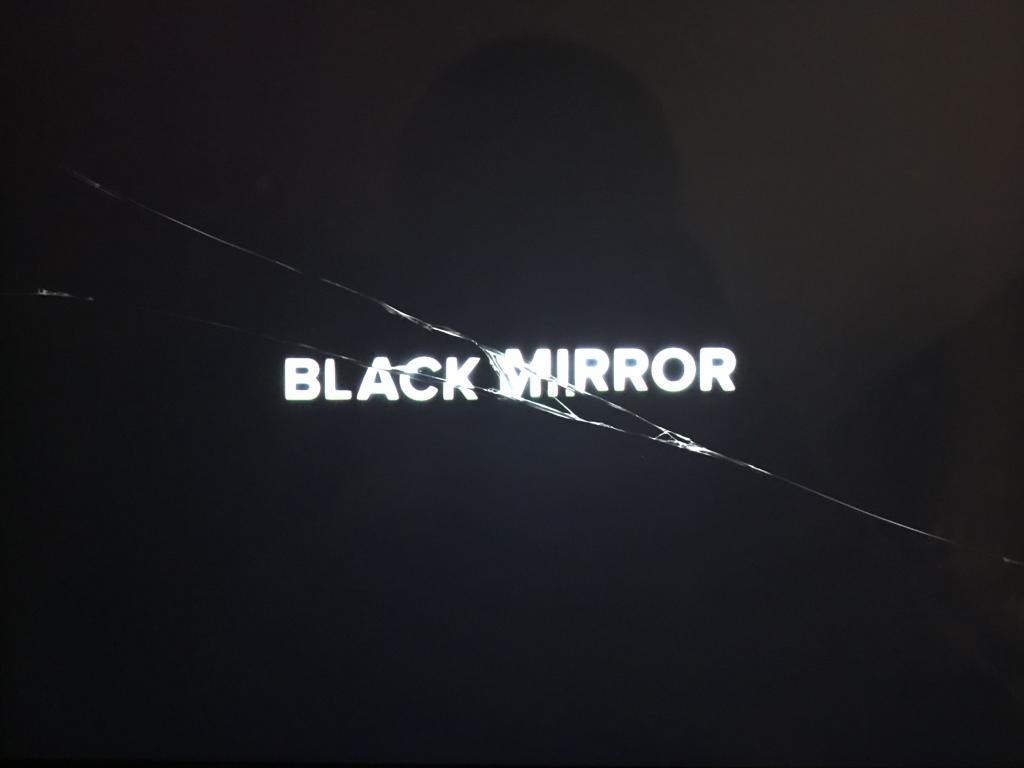A recent set of articles in The New York Times adds an interesting twist to the discussion of digital divides in our society—and highlights the need for a greater focus on formative practices related to digital technologies.
Earlier this year I wrote about digital divides here and described three types of divides: divides related to access, literacy, and wisdom. When most people speak of a digital divide, they are referring to inequitable access to good computers and internet connections. While this remains a problem for too many, an increasingly significant divide relates to digital skills or literacy.
But as we become more digitally literate, it is clear there remains a digital gap between literacy and wisdom related to an ethical gap between our intentions and actions. Technical proficiency is not enough, and we are realizing the need for more wisdom in our digital lives. This includes new practical wisdom—what Shannon Vallor calls “technomoral wisdom”—as well as wisdom that, in the words of William Brown, “seeks understanding, feeds hope, discerns solutions, and inspires action.”
The New York Times reported last week that “A Dark Consensus about Screens and Kids Begins to Emerge in Silicon Valley,” which is turning nannies into the “phone police for kids” and leading private schools to ban devices with screens at the same time public schools are promoting them.
These articles raise a number of issues requiring wisdom. How do we design technologies so they don’t seem to have the “devil” in them? When and how do parents, teachers, and others help children integrate digital technologies into their lives? How do we address these issues collectively as a society?

Last week I had the opportunity to hear Tony Ageh, Chief Digital Officer of the New York Public Library, speak about the future of the library and “the four agents of the digital apocalypse.” According to Ageh, the four major challenges threating our digital future are:
- obsolesce (loosing access to information over time);
- mass surveillance (a characteristic of the digital device paradigm);
- obfuscation or lack transparency (another characteristic of the device paradigm);
- ambivalence—or, worse, apathy (which is the true opposite of attention).
Separately and altogether, these issues undermine our agency. They impact each of us individually and all us collectively. But total withdrawal—a digital teetotalism battling demon devices—is not the solution for our moment in time. Instead, as we develop new material technologies we must also develop new formative technologies or practices that cultivate digital wisdom.












